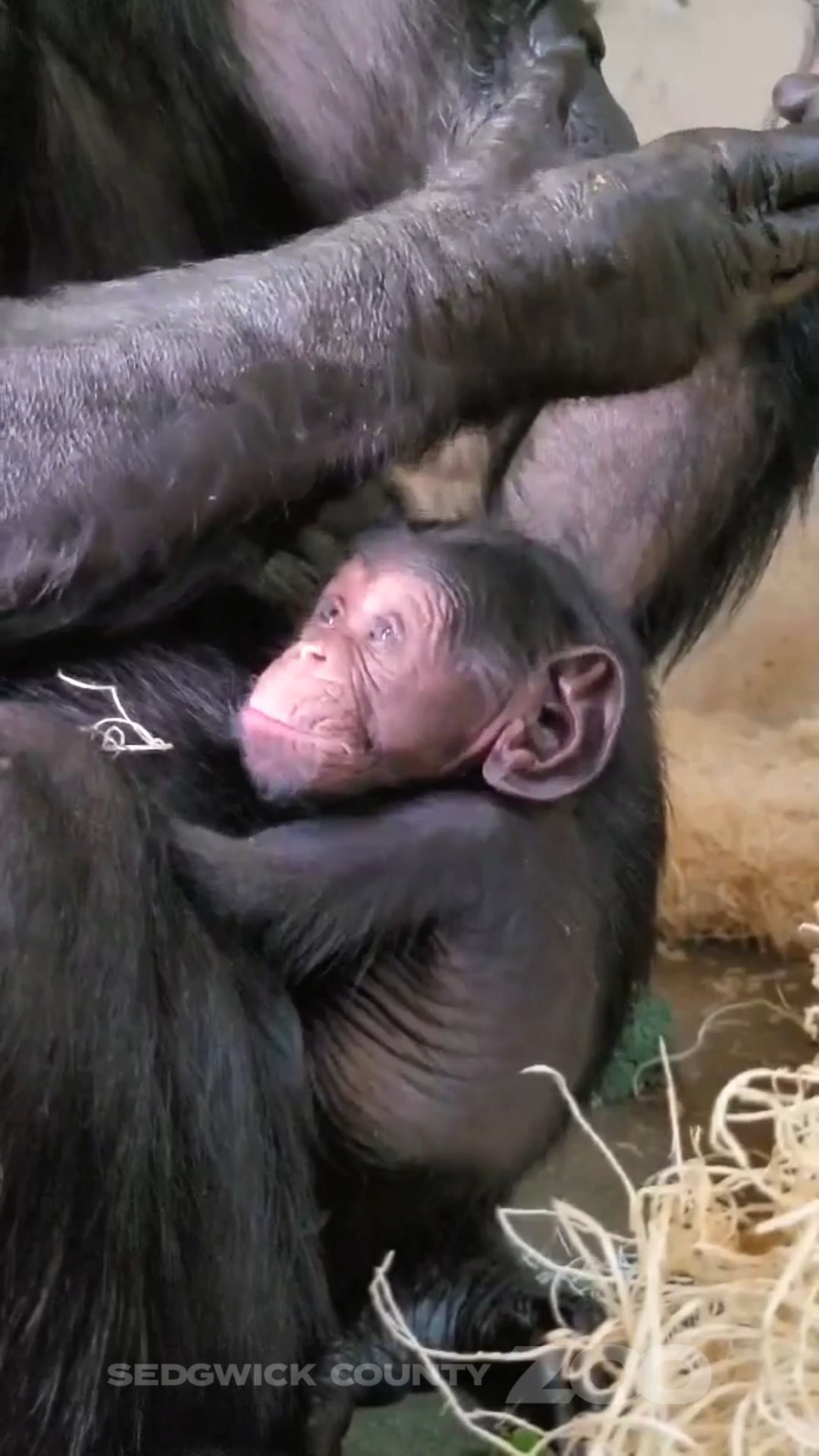- The unique behaviors and adaptations of Kyansa and her species, highlighting their natural habitat and lifestyle.
- The essential role of maternal bonds and social interactions among wildlife, emphasizing the importance of Kyansa’s changing awareness of her surroundings.
- The significance of zoo management and conservation in protecting species like Kyansa from extinction, including challenges and successes.
- An exploration of the ecological and educational impacts of showcasing wildlife in controlled environments like zoos.
- Strategies and contributions of wildlife conservation efforts globally, focusing on long-term sustainability and biodiversity protection.
The bright-eyed youth of a wildlife species like Kyansa offers a window into the complex and fascinating behaviors of animals in their natural environment. As a young creature, Kyansa’s journey from a staple maternal bond to broadening her curiosity about the world epitomizes a critical developmental stage that is vital for her survival and adaptation. Understanding these behaviors sheds light on the innate and learned aspects of species growth.
Kyansa, like many of her peers, experiences an intense visual and cognitive connection with her mother during her early development. This bond is crucial, serving both as a source of comfort and a guide to the intricacies of survival. It is during this period that sensory development plays a significant role as Kyansa begins to explore beyond her immediate surroundings. Observing these gradual shifts in behavior provides insights into how wildlife interacts within their environments and the adaptive measures they employ to thrive.
In studying Kyansa and similar species, it’s critical to explore their natural habitats and lifestyles. Many species possess impressive physical adaptations that aid in camouflage, hunting, and surviving the diverse challenges presented by their ecosystems. Understanding these adaptations enables conservationists and zoologists to better simulate natural conditions in zoological settings, ensuring that captive individuals can maintain their inherent behaviors and physiological health.
Maternal bonds extend beyond mere survival benefits, fostering social interactions that are vital within many species groups. For species like Kyansa, these interactions lay the groundwork for developing social hierarchies, cooperative behaviors, and even play, which is essential for cognitive development. These elements are vital for the successful rearing of offspring within the complexities of wild ecosystems, where cooperation and communication are often the keys to coexistence.
The role of zoo management transcends beyond simply housing wildlife; it involves creating environments that promote welfare and encourage natural behaviors. Zoos play an indispensable part in conservation efforts, offering sanctuary to endangered species and maintaining genetic diversity through breeding programs. This work requires meticulous planning and scientific insight to effectively balance the needs of individual animals with broader conservation goals.
Kyansa’s journey exemplifies the broader narrative of conservation, which requires a collaborative approach among institutions globally. Zoos and conservation organizations work tirelessly to employ strategies that support both immediate care of wildlife and long-term ecological balance. These endeavors include habitat preservation, community engagement, and educational programs aimed at raising awareness about biodiversity and environmental stewardship.
The educational component of zoos is particularly transformational, as it provides a tangible connection for the public to appreciate and learn about wildlife. By showcasing animals in a simulated natural setting, zoos offer a unique opportunity for individuals to engage with species they might never encounter otherwise. This engagement fosters a greater understanding of conservation needs and the delicate balance of ecosystems, encouraging support for conservation initiatives.
As Kyansa continues to explore and adapt to her environment, her journey serves as a testimony to the wonders of nature and the resilient spirit of wildlife. It also underscores the continuing need for robust conservation strategies that ensure the survival of countless species facing the threats of habitat loss, climate change, and human encroachment.
The story of Kyansa is intertwined with broader themes of wildlife conservation and environmental education. Her development unfolds against the backdrop of a world striving to reconcile human progress with ecological preservation. The commitment to protecting species like Kyansa ties into a larger vision of safeguarding our planet’s biological richness for future generations.
In conclusion, Kyansa’s narrative offers a microcosmic view of the challenges and triumphs inherent in wildlife conservation. Her story symbolizes hope and humanity’s enduring commitment to nurturing the natural world. Ultimately, the continued support for zoos and conservation efforts is fundamental to ensuring that future generations can witness the diversity and wonder of the natural world. Through these initiatives, we can aspire towards a future where both humans and wildlife coexist harmoniously.
*****
Source Description
Kyansa is bright-eyed, and although she mostly only has eyes for mom, she’s beginning to look around more! 😍


